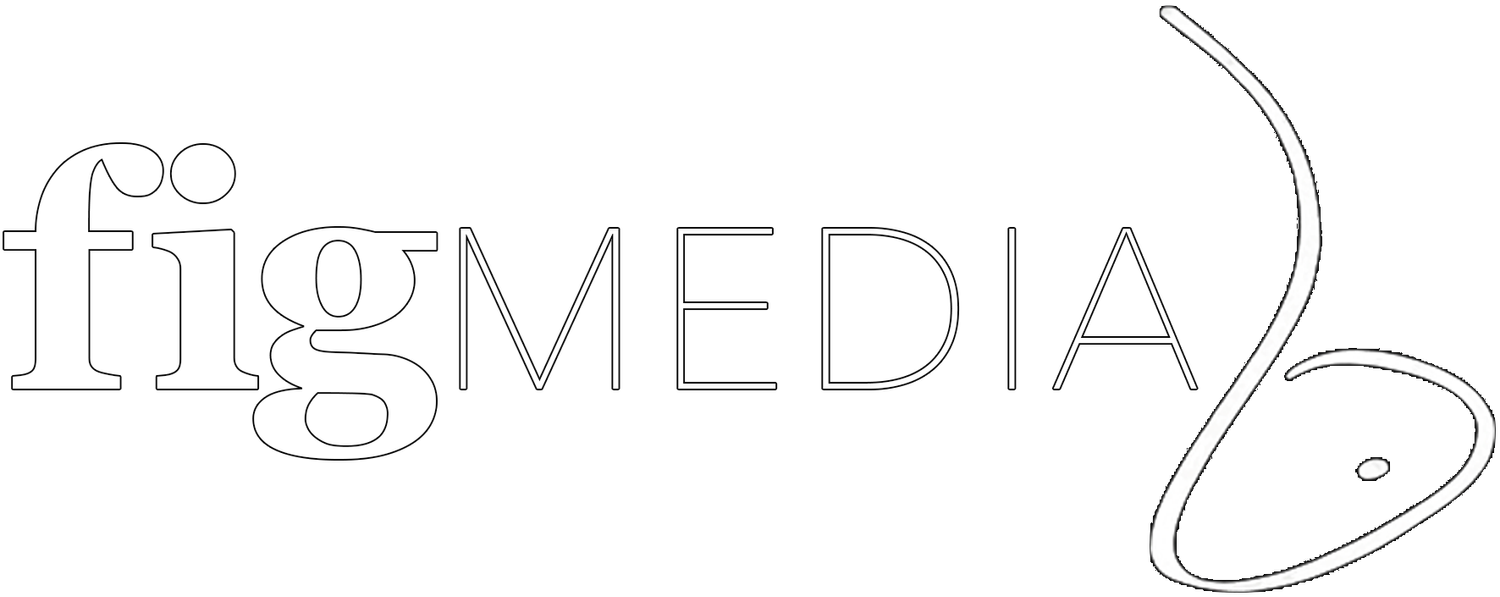The Creative Brief Overview
The Creative Brief is a planning tool widely used by creative agencies and marketing personnel when designing or implementing a media program. It can be used when creating communications directed at clients, employees, shareholders, potential investors, the media, or any other target group.
The Creative Brief is a cooperative tool by which the various people and groups involved in a project focus their thoughts and analyze the best method(s) of approaching a program. When used properly it can also reduce the time and cost associated with creative projects, as it requires all the key participants to agree on important factors at the onset of the project.
Many organizations and agencies have a very refined, copyrighted Creative Brief tool that is specific to how they do business. Most, though, have a few important elements in common:
• Objective: What is to be accomplished by this program? Is the goal to create awareness, knowledge, preference, or purchase? One traditional tool used for this purpose is the definition of SMART objectives: Specific, Measurable, Agreed Upon, Realistic, and Time-based.
• Primary audience: Who is this campaign meant to reach? The more specific and detailed the better. When possible, list details like title(s) of audience members, industry, size of company, revenue, number of employees, geographic details, affiliations, key behavior attributes (i.e., do they make the buying decision or influence it?). Demographics and psychographics go here.
• Attitudes/Beliefs/Objections of audience: Another way to state this element is, “Why hasn’t the audience already done/thought what you want them to do or think?” If you were hired to argue against the purpose of this campaign, what would your points be? What is the status quo?
• Current/Proposed behavior: What is the audience doing now? How are they thinking/dealing with the situation about which you are addressing them? What do you want them to do differently?
• Call-to-action: What do you want the audience to do/think? Again, the more specific the more effective the process. One of the Ten Commandments of good advertising is: tell the audience what you want them to do. If you don’t know, don’t advertise until you do. Examples of good calls-to-action include: “Call today,” “Visit our website for more information,” “Complete and return this form.”
• Tone: Should this be a friendly, relaxed message, or a hard-sell with a sense of urgency? Should the audience feel like a confidant, pal, victim (in need of rescuing), partner, controller, etc? Should the ad convey a rich, textured impression or something more utilitarian?
• Key message: What is the one thought with which the audience should be left? The initial level of regard given to most print advertisements has been measured at between one and two seconds. If you absolutely had to, how would you state your message in seven words or less?
• Secondary message(s): If the advertisement does draw in a reader, what are the other points that might be conveyed? Important advertising note: people never remember more than three things.
• Mandatory(ies): What are the key elements that must be included in the film.
• Story and Narrative Questions: These are designed to tease out more creative answers and get your team thinking about themes and narrative elements we can focus on.
Our team uses this form to focus our creative energy on your project. We then use it as a compass through all stages of production to make sure we are on track. We know this form is a lot to digest and it should leave you with a few questions. Please fill it out to the best of your ability. We recommend you pull together the key decision makers on the project and fill it out together.


